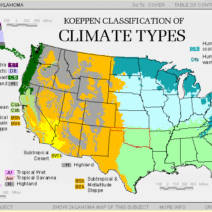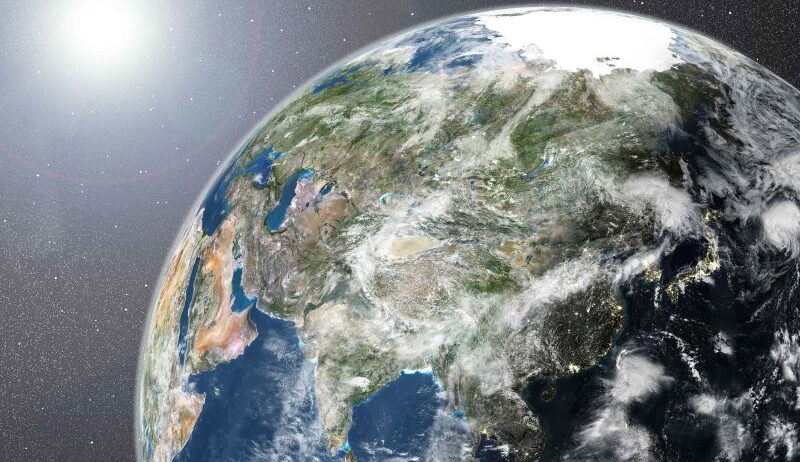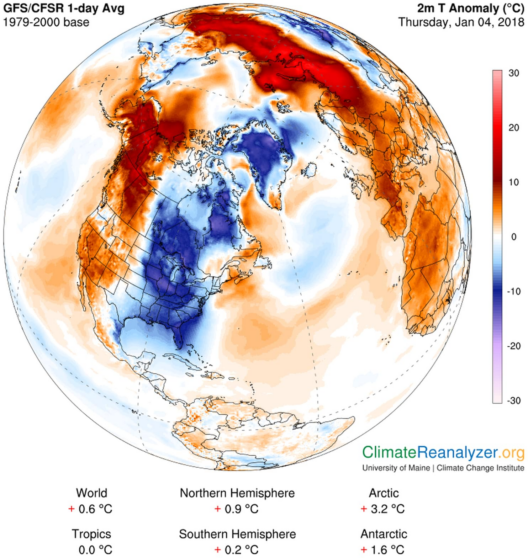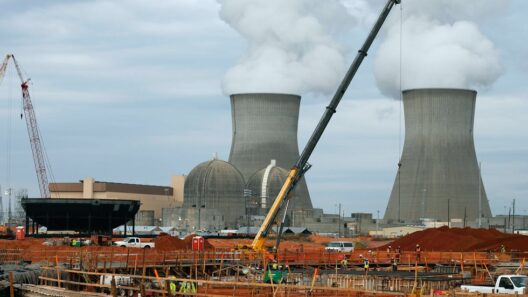Global warming, a term that has reverberated through scientific and lay communities alike, often invokes images of CO2 emissions from vehicles, deforestation, and industrial pollution. However, one might ask—could global warming actually be caused by the sun? This playful inquiry isn’t merely a rhetorical flourish; it invites a serious exploration of solar influence on Earth’s climate system.
The sun, our nearest star, is a colossal ball of gas that fundamentally dictates the climatic conditions on our planet. The vast majority of Earth’s energy comes from solar radiation. However, the relationship between solar activity and climate change is a complex tapestry woven from intricate interactions over geological timescales. To understand this deeper, it is imperative to explore the various dimensions of solar influence.
The sun undergoes cycles of activity, most notably an approximately 11-year solar cycle, during which the frequency of solar flares and sunspots waxes and wanes. These phenomena release bursts of radiation and charged particles that can directly affect the Earth’s atmosphere. For example, during periods of high solar activity, the increased radiation can lead to minor warming episodes. However, the extent of this warming caused by solar fluctuations is often debated among climatologists.
In the pursuit of elucidating the sun’s potential role in global warming, researchers study variations in solar output. One of the critical metrics is Total Solar Irradiance (TSI), the measure of solar energy received by the Earth’s surface. While TSI does exhibit variability, research indicates that these changes account for a fraction of the temperature increase observed over the last century. Specifically, the solar contributions to climate change have been estimated to be no more than 10% of the total warming that has occurred since the mid-20th century.
Interestingly, historical data indicates that periods of higher solar activity correspond with warmer climatic phases, such as the Medieval Warm Period around 950-1250 A.D. Yet, this correlation does not imply causation. The Earth’s climate is influenced by a multitude of factors—oceanic circulation patterns, volcanic activity, and greenhouse gas concentrations, to name a few. It begs the question: are tumultuous climate shifts a symphony performed solely by the sun or a complex orchestra of innumerable instruments?
Moreover, it is essential to understand that the current trajectory of global warming—marked by accelerated temperature increases—occurs alongside an era of relatively stable solar activity. The Intergovernmental Panel on Climate Change (IPCC) and numerous climate studies indicate that the primary culprits behind contemporary warming trends are anthropogenic in nature. The prolific emissions of greenhouse gases, particularly carbon dioxide and methane, have created a powerful greenhouse effect, overshadowing the sun’s role.
Carbon dioxide levels have risen from about 280 parts per million to over 400 ppm since the Industrial Revolution, directly correlating with human activities such as fossil fuel combustion and deforestation. This significant increase has far outstripped any modifications in solar irradiance. Indeed, while the sun undeniably influences climate conditions, current scientific consensus embodies the notion that human actions are the dominant force driving recent climatic changes.
Yet, one cannot ignore the intriguing mechanisms by which solar activity interplays with other climatic forces. Solar radiation influences stratospheric temperatures and can modulate the strength of the polar vortex, impacting weather patterns and seasonal variability. Furthermore, the sun’s magnetic field can affect cosmic ray penetration, which has implications for cloud formation and, in turn, climate. This nuanced relationship complicates notions about the sun being a mere background player in Earth’s climatic theatre.
Examining the sun’s potential as an instigator of climate change evokes potential challenges in understanding how climate policies are framed. Given the sun’s role, should long-term climate strategies incorporate solar influences, or are they ultimately distractions from the pressing human-induced issues at hand? This pivotal inquiry raises profound questions about the trajectory of our climate action initiatives and the sociopolitical will to address these pressing atmospheric challenges.
In contemplating the future, it is pertinent to acknowledge that while natural variability, including solar influences, will always be a factor in climate dynamics, proactive measures against anthropogenic climate change will yield the most significant results. Restoration of ecosystems, adherence to renewable energy mandates, and a commitment to reducing greenhouse gas emissions are indispensable to mitigating the current trajectory of global warming.
Ultimately, while the sun does play a role in climate systems, its influence is dwarfed by the more significant human contributions that have captured the atmospheric spotlight. Understanding this interplay allows for informed discussion and action. As society grapples with the realities of climate change, focusing on the direct impacts of our actions rather than being sidetracked by solar variability seems not just prudent but essential.
Consequently, the playful question of whether global warming stems from the sun transitions into a clarion call for responsibility—both ecological and moral. It emphasizes the need for a shift in perspective, directing intent and action towards mitigating the significant repercussions of human activity on our warming planet. The sun may light our day, but it is the choices we make that dictate the future of our climate.






